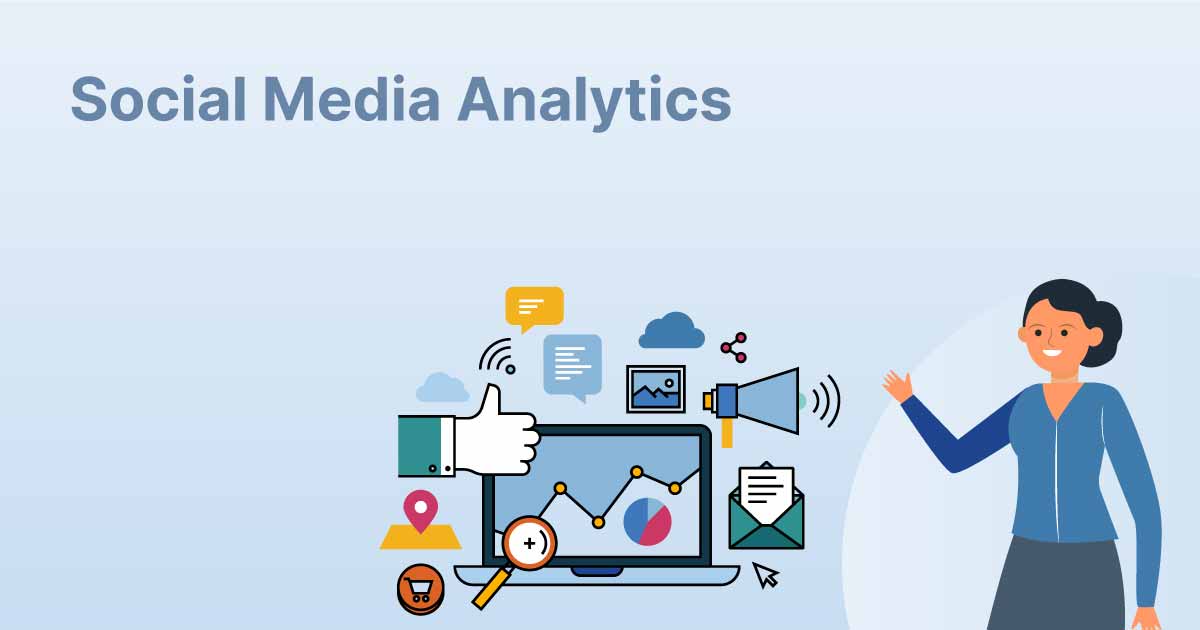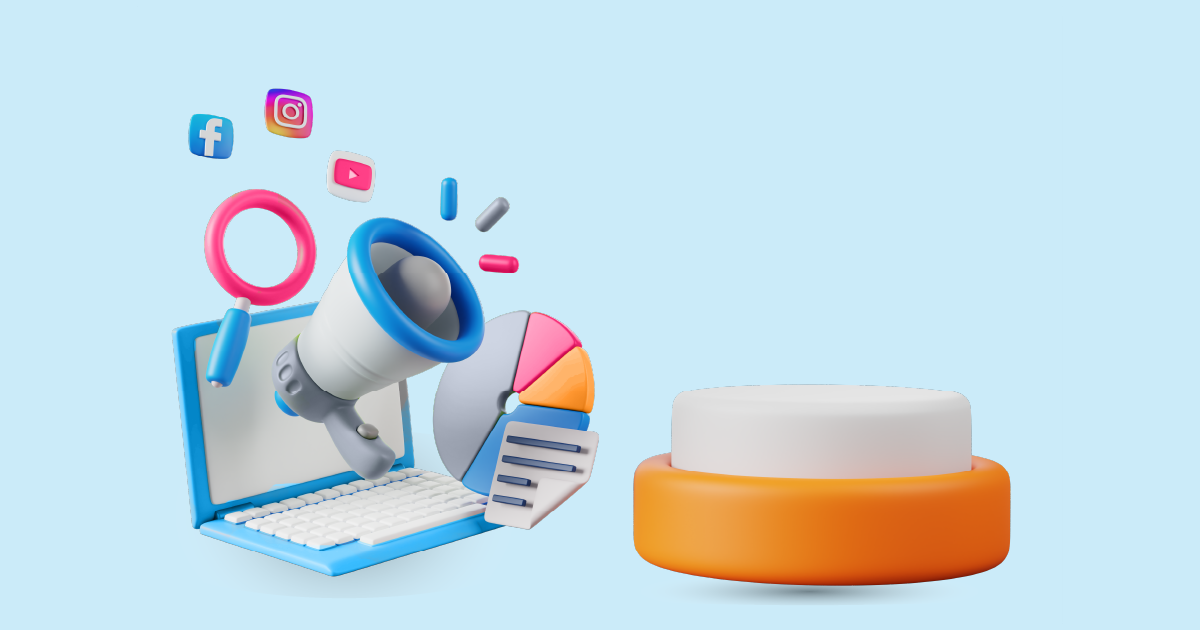In today’s fast-paced digital world, media analytics tools are indispensable for businesses aiming to stay ahead of the competition. These tools help brands collect, analyze, and leverage data to make informed decisions about their media strategies. With media consumption habits rapidly evolving, the need for robust analytics has never been greater. But what exactly are media analytics tools, and how can they benefit your business? Let’s dive in.
What Are Media Analytics Tools?

Media analytics tools are software platforms designed to gather, process, and analyze data from various media channels, such as television, online publications, social media, and news outlets. These tools provide businesses with insights into how their content is being consumed and how their brand is perceived. By tracking engagement, reach, and sentiment, media analytics tools help companies make better decisions.
Key Features of Media Analytics Tools
- Data Collection and Analysis
Media analytics tools collect vast amounts of data from multiple sources. They analyze this data to give insights on how well your media strategies are working. - Sentiment Analysis
Sentiment analysis allows businesses to gauge public perception by analyzing the tone of media coverage. Is the conversation around your brand positive, negative, or neutral? - Media Monitoring
Media analytics tools monitor mentions of your brand across various channels. This feature allows companies to track how frequently they are mentioned and in what context. - Social Media Insights
Social media is one of the most critical sources of data for media analytics tools. These platforms provide insights into how your brand is performing across social networks, tracking engagement levels, follower growth, and shareability.
The Role of Media Analytics in Business Growth
Media analytics tools play a crucial role in shaping effective marketing strategies. They help businesses understand their audience better, allowing for more targeted campaigns. When you know who’s engaging with your content, it’s easier to create tailored messages that resonate with them.
- Audience Targeting and Engagement
These tools help businesses identify their target audience, understand their preferences, and optimize their content to increase engagement. - Competitive Advantage
By analyzing competitors’ media performance, businesses can gain insights into market trends, helping them stay one step ahead.
Top Media Analytics Tools in the Market
Several media analytics tools are leading the charge in providing data-driven insights. Here are a few of the most popular ones:
- Google Analytics – Provides robust data analysis for web traffic and user behavior.
- AIM Insights– Excellent for social listening and real-time media monitoring.
- Meltwater – A versatile tool for tracking media mentions across news and social platforms.
- Hootsuite – Popular for social media insights and engagement tracking.
How to Choose the Right Media Analytics Tool
When selecting a media analytics tool, it’s important to consider your business’s specific needs. Key factors include:
- Customization and Scalability
Choose a tool that can grow with your business and offer customizable features to suit your unique goals. - Pricing and Support
Make sure the tool fits your budget and provides adequate customer support.
Benefits
- Improved Decision-Making
With access to real-time data, businesses can make informed decisions that align with their goals. - Enhanced ROI
Media analytics tools help optimize media strategies, improving return on investment (ROI).
Challenges
While these tools offer many benefits, they also come with challenges:
- Data Overload
Managing large amounts of data can be overwhelming without the right processes in place. - Integration Issues
Some tools may not integrate well with existing systems, leading to inefficiencies.
Future Trends
As artificial intelligence (AI) and machine learning continue to evolve, media analytics tools are becoming more advanced. The future holds promise for even more precise insights and predictive analytics that can forecast trends before they happen.
How to Effectively Use Media Analytics Tools
To get the most out of your media analytics tool, follow these best practices:
- Define Clear Objectives
Know what you want to achieve with the data you’re collecting. - Regularly Monitor Performance
Don’t set it and forget it! Keep track of your media performance metrics regularly.
Impact of Media Analytics on Various Industries
Different industries can benefit from media analytics in unique ways:
- Media and Entertainment – Helps track viewer engagement and preferences.
- E-Commerce – Provides insights into consumer behavior and purchasing trends.
- Healthcare – Monitors public sentiment about healthcare topics.
- Retail – Helps optimize marketing campaigns based on consumer behavior.
Case Studies
- Brand X – Increased their social media engagement by 40% after using real-time analytics to adjust their marketing strategy.
- Company Y – Reduced marketing costs by 20% by identifying underperforming media channels.
The Relationship Between Media Analytics and Social Listening
Media analytics and social listening work hand in hand. While social listening focuses on real-time conversations about your brand, media analytics offers a broader view of how all media content is performing.
Common Myths
- “Only Big Companies Need Media Analytics”
False! Even small businesses can benefit from media analytics. - “It’s Too Complicated”
While these tools may seem complex, many offer user-friendly interfaces that simplify the process.
Conclusion
In conclusion, media analytics platforms are essential for any business looking to thrive in today’s digital landscape. They offer valuable insights into your media performance, helping you make data-driven decisions. Whether you’re aiming to enhance your marketing efforts or improve your ROI, these tools can guide you in the right direction.
If you’re interested in exploring how media analytics can elevate your business, request a demo from AIM Technologies today and discover how real-time data can transform your media strategy.
FAQs
How can media analytics platforms help improve marketing?
- By offering data-driven insights, these tools help tailor marketing strategies to better engage your audience.
What’s the difference between media monitoring and media analytics?
- Media monitoring tracks mentions, while media analytics provides deeper insights into media performance.
Are media analytics tools suitable for small businesses?
- Yes, even small businesses can benefit from the data insights these tools provide.
How accurate are the insights from media analytics platforms?
- They are generally accurate, but the quality of the data depends on the tool and the sources it monitors.
Can media analytics tools integrate with CRM systems?
- Yes, many tools offer CRM integration, making it easier to track customer interactions across various channels.




